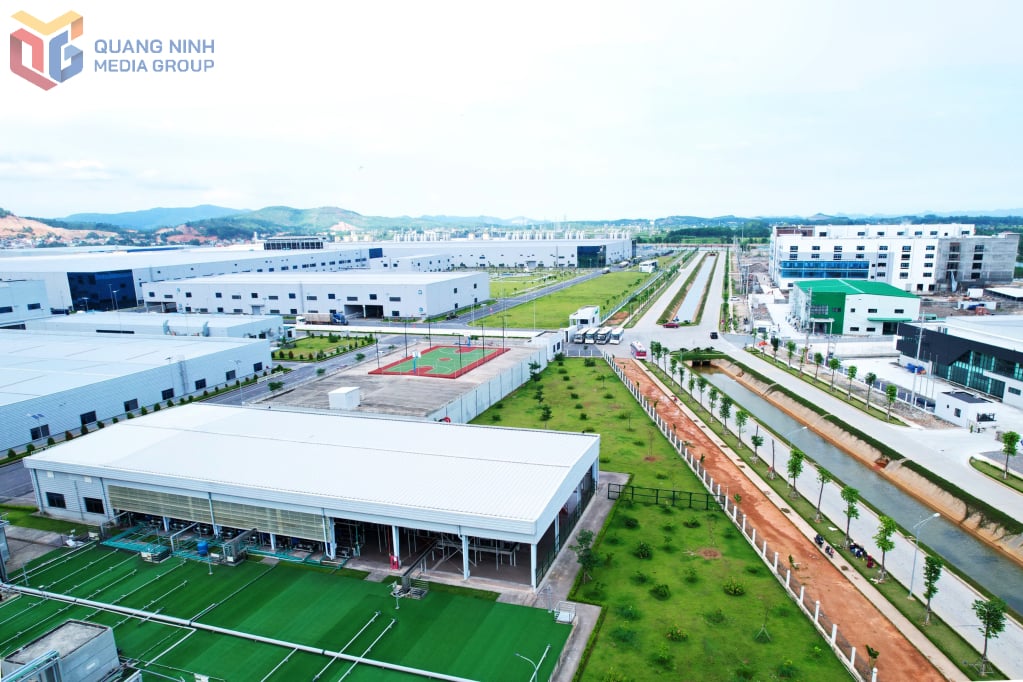
Eco-industrial parks are an industrial development model in which businesses cooperate with each other to optimize the use of resources and energy. Specifically, waste or by-products of one business can be reused as input materials for another. This approach not only helps to minimize environmental impacts but also increases production efficiency, creating a symbiotic value chain. This model is no longer new in the world. Since the 1990s, developed countries such as Denmark, Korea, and Japan have successfully deployed eco-industrial parks with effective energy - resource - waste management systems, creating a solid foundation for sustainable growth. In Vietnam, the Ministry of Planning and Investment, in collaboration with the United Nations Industrial Development Organization (UNIDO), has piloted 7 industrial parks in provinces and cities such as Ninh Binh, Da Nang, and Can Tho and is expanding the model to other localities. The common point is that all 7 pilot industrial parks were built according to ecological standards from the beginning.
Currently, Quang Ninh is one of the few localities in the country that simultaneously owns all three types of industrial development with 8 industrial parks, 2 coastal economic zones and 3 border economic zones. The province has over 300 valid non-state budget investment projects, of which about 150 projects are located in industrial parks, with many big names such as: Autoliv (Sweden), Amata (Thailand); Jinko, TCL, Texhong (China); Foxconn (Taiwan); Bumjin (Korea); Toray, Yazaky (Japan)...
However, it is regrettable that there is currently no industrial park in Quang Ninh that has been developed according to the ecological model. Meanwhile, the province is one of the leading localities in the country in implementing the national strategy on green growth with the orientation of developing green industry, low-carbon economy, pollution control and reducing greenhouse gas emissions.
This poses an urgent need for Quang Ninh to not only increase the number of industrial parks but also improve the quality of development, shifting to a more sustainable, green and intelligent model. The development of ecological industrial parks will not only help improve competitiveness in attracting FDI, but also meet the selection criteria of modern investors, who are increasingly concerned with environmental and social responsibility.
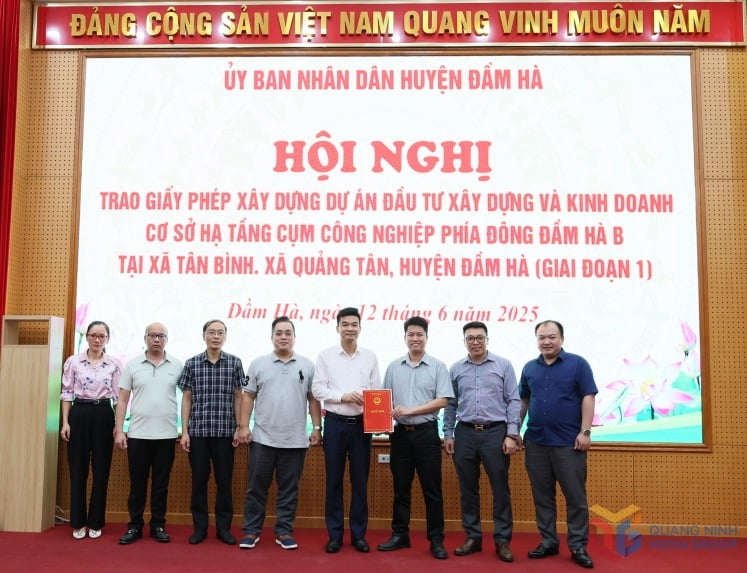
Mr. Pham Hong Diep, Chairman of the Board of Directors of Shinec Joint Stock Company (investor of the Industrial Park in the East of Dam Ha B) said: Recently, the Company has launched the "Shinec Digital Green Economy" system. Through the "Shinec Digital Green Economy" platform, the system will collect real-time carbon emission data, analyze emission and energy consumption hotspots, and propose effective improvement and monitoring strategies. With the strategy of turning the Industrial Park in the East of Dam Ha B into an ecological industrial park, although it is still under construction, the industrial park has attracted about 70% of secondary investors. In the process of converting to an ecological industrial park, we realize that this is not only a change in the production model, but also a comprehensive change in the way industrial development is managed. This requires localities to strengthen environmental monitoring and reform administrative procedures to support investors.
It is known that, along with Shinec Joint Stock Company, other industrial park infrastructure investors, such as: Bac Tien Phong Industrial Park Joint Stock Company (investor of Bac Tien Phong Industrial Park), Tien Phong Industrial Park Joint Stock Company (investor of Nam Tien Phong Industrial Park) and Amata Ha Long Urban Joint Stock Company (investor of Song Khoai Industrial Park) all wish to apply the experience of converting to ecological industrial parks.
According to Dr. Do Dieu Huong (Vietnam Economic Institute): From the experience of previous countries, the success of this model comes from the government building a clear strategy, implementing phased transformation and having close coordination among stakeholders: Management agencies, businesses, infrastructure investors and the community. At the local level like Quang Ninh, it is necessary to start by reviewing and evaluating each existing industrial park to determine the possibility of appropriate conversion. Applying "a standard framework" to all industrial parks is ineffective, instead, flexible solutions based on characteristics, industries, and the ability to connect symbiotically between businesses in the zone are needed. A transparent information system, especially on input, production output, technology used and resource consumption, will be a prerequisite for connecting businesses together in a symbiotic model. For example, if a paper mill produces paper sludge as waste, this sludge can be reused in the production of construction materials or fertilizers if there is a suitable enterprise in the same industrial park.
In addition to planning and coordination, financial support plays an important role in the early stages. According to UNIDO and in Korea, grants or tax incentives, pre-feasibility study costs, etc. are factors that help businesses boldly participate in the new model. However, for this model to be sustainable, economic benefits must be the core factor, meaning that businesses need to clearly see the costs and benefits and proactively invest.
With a clear orientation, strong potential, pioneering development thinking and if there are strong solutions, Quang Ninh has all the conditions to become the leading locality in the country in developing ecological industrial parks. This is also an opportunity for the province to affirm its role as a green industrial center of the Northeast region, where economic benefits do not trade off the environment, but always go hand in hand with harmonious and sustainable development.
Source: https://baoquangninh.vn/day-manh-phat-trien-cac-khu-cong-nghiep-sinh-thai-3362761.html








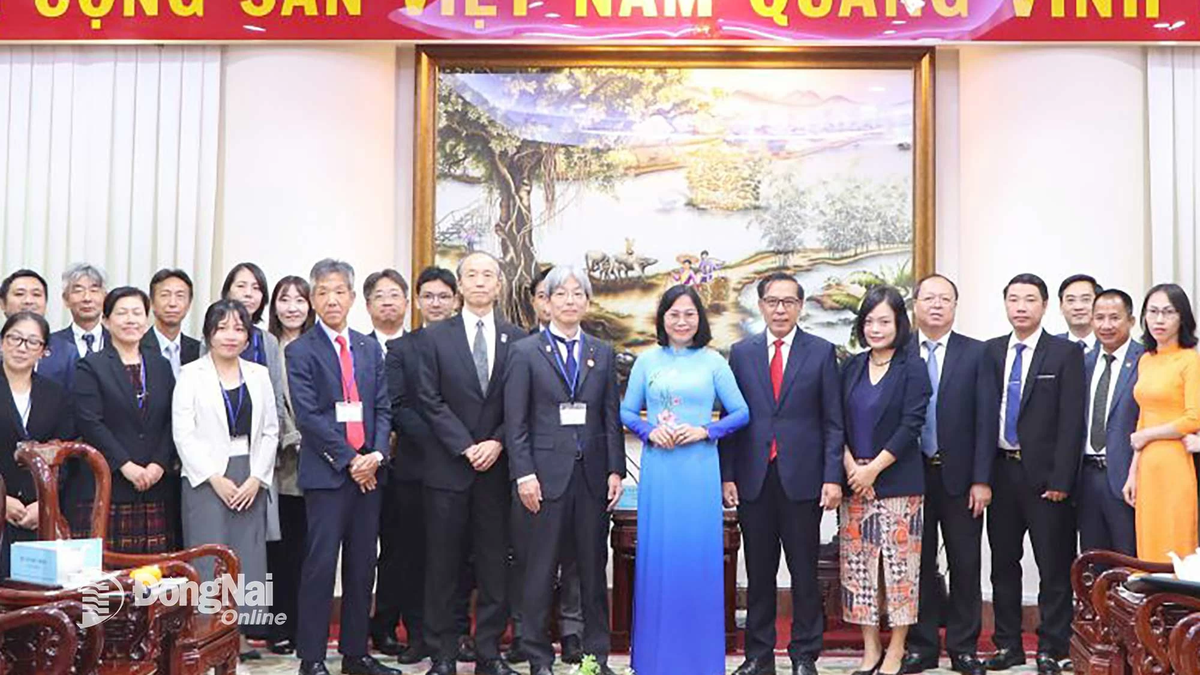
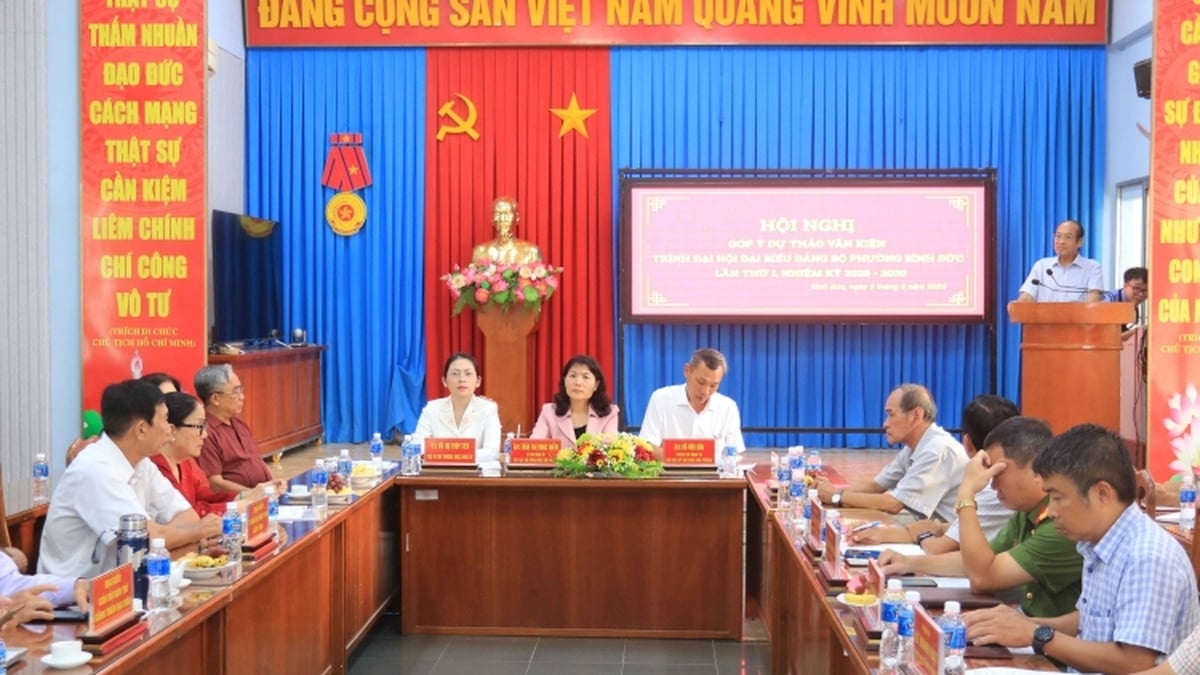

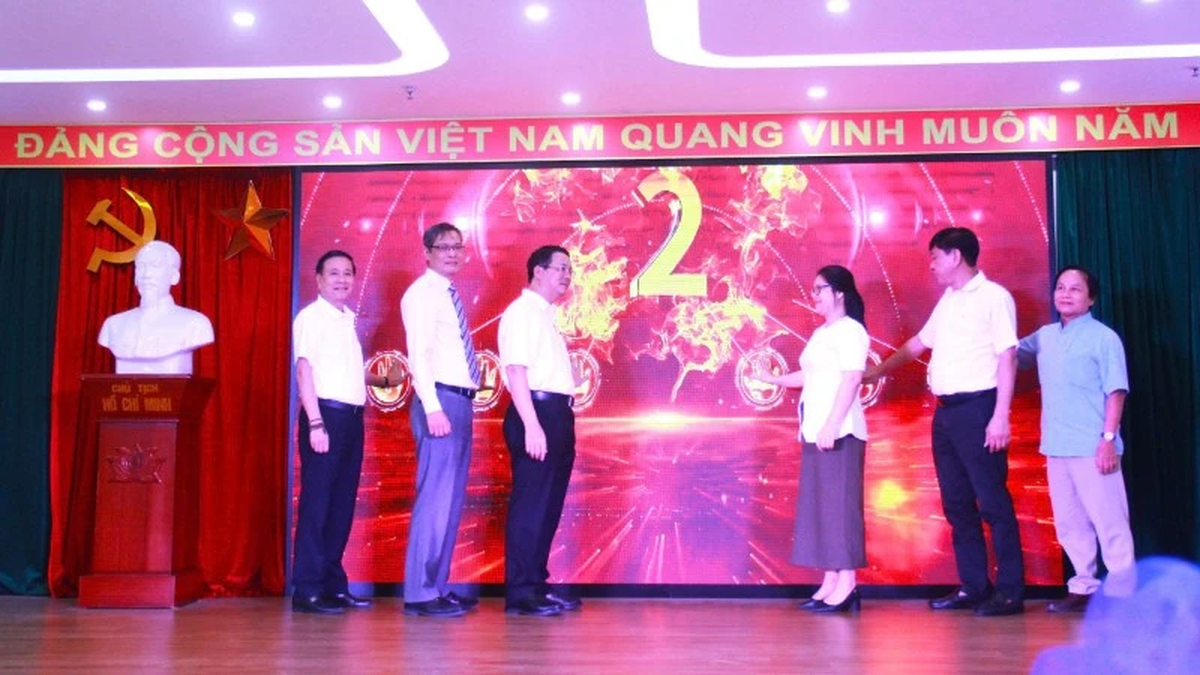






















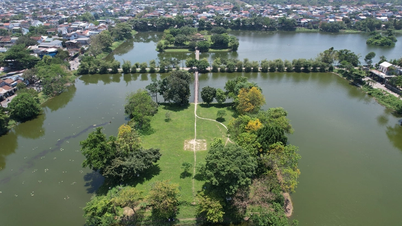

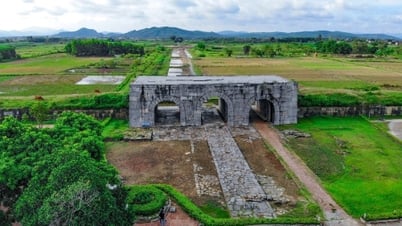

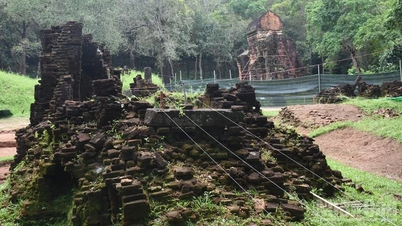










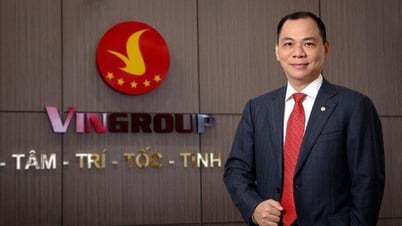




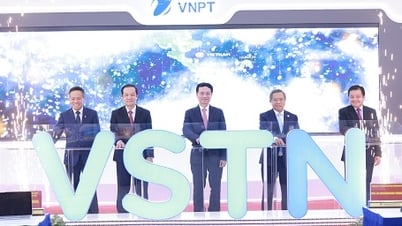

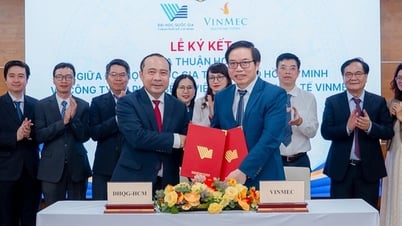

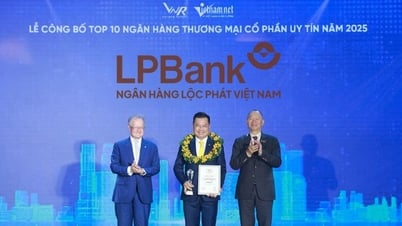
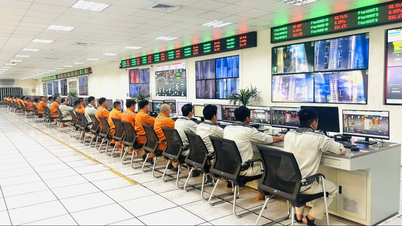



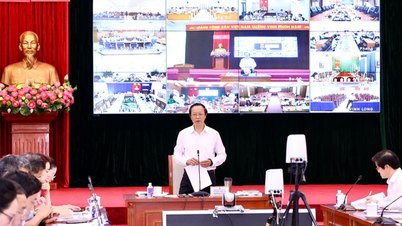
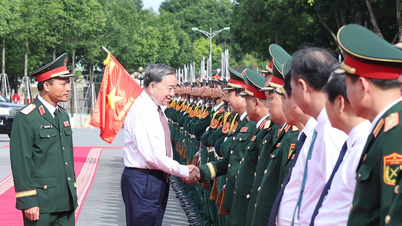


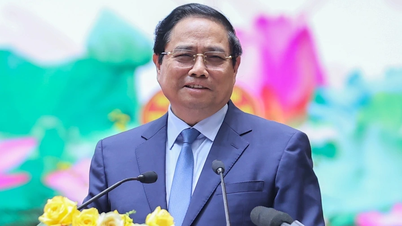



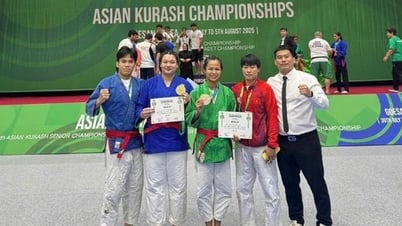

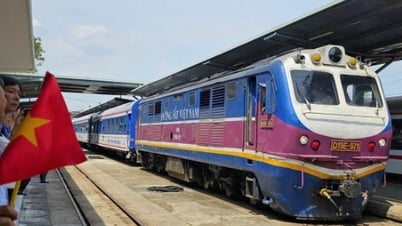
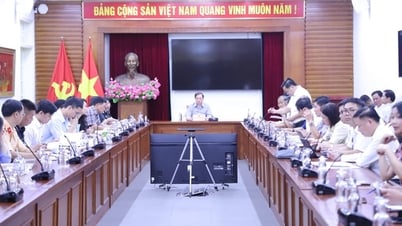
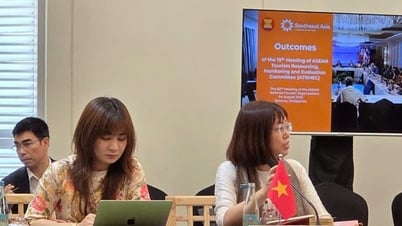






















Comment (0)